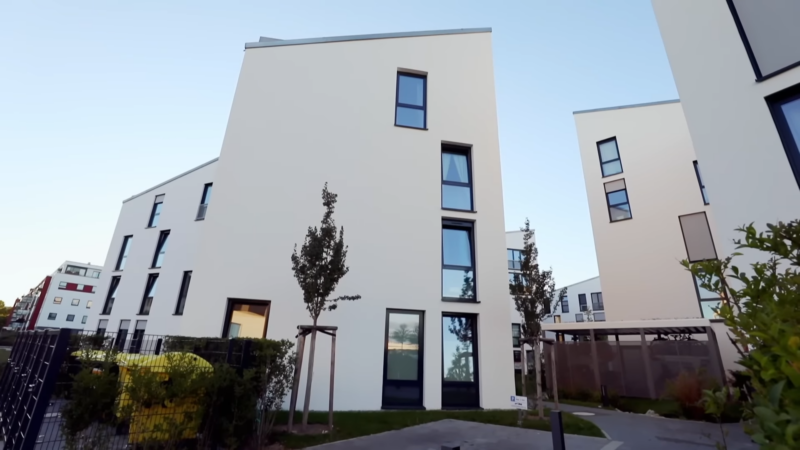Integrating power efficiency and renewable power into city planning is an essential step in the direction of sustainable improvement. As urban areas enlarge and the imperative to cope with climate trade intensifies, towns are seeking out methods to reduce their carbon footprint and decorate resilience.
A precise indicator of renewable power integration in city planning is the idea of solar road lights. They constitute a sustainable and innovative technique for city and rural lighting fixtures desires, harnessing the electricity of the sun to offer reliable, cost-effective illumination. If you’re interested in learning about these, visit EnGoPlanet.
Naturally, it is not the only one. We want to talk about this subject in greater detail.
Key Takeaways
- Integrating energy efficiency with renewable sources is essential for sustainable urban development.
- Urban planning must account for energy transition to design resilient, energy-independent cities.
- Localized renewable energy generation complements efficiency measures, reducing the urban carbon footprint.
The Role of Energy Systems in Urban Planning
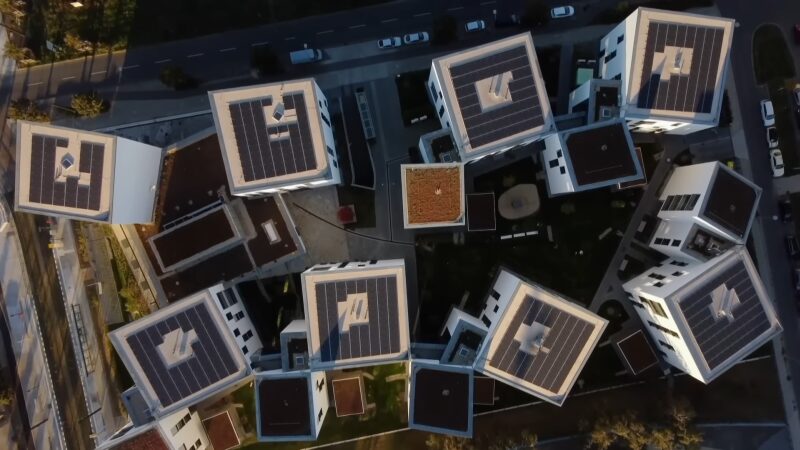
Our cities are getting increasingly more electricity-established, requiring us to rethink city planning with a focus on the mixing of sustainable and efficient systems. We recollect power generation, consumption, and storage solutions to fulfill our dreams for a cleanser, extra resilient electricity destiny.
Renewable Energy Integration Strategies
We prioritize the incorporation of renewable electricity assets along with sun, wind, and geothermal strength into the city strength mix. Strategies encompass implementing solar structures on buildings and integrating wind electricity into the urban panorama.
For instance, solar panels on roofs or facades can play a significant role in reducing a building’s energy demand from non-renewable sources. Moreover, incorporating district energy systems, which can utilize local sources for heating and ventilation, further enhances the efficiency of urban settings.
Advantages of renewable energy integration:
- Reduces greenhouse gas emissions.
- Lowers long-term costs.
- Creates a compact city model with reduced energy transportation losses.
Energy Storage and Its Significance
An energy garage is imperative to balance the variety of renewable strength assets. We emphasize the importance of garage technology—which encompasses batteries, thermal storage, and different modern structures—to ensure regular energy delivery.
These storage solutions are vital for managing the energy load and providing uninterrupted power, especially when solar or wind resources are not available. Key elements of energy storage in urban planning:
- Provides reliable backup power to compensate for intermittent solar and wind power.
- Enhances the overall efficiency and stability of urban energy systems.
Urban Energy Systems Design
We approach urban energy systems design by integrating hubs and distributed systems that enable the cooperative operation of multiple solutions within a city’s infrastructure.
Through the renovation of existing buildings and the planning of new ones, our focus is on smart design that incorporates renewable energy generation and storage, thereby achieving a holistic energy-efficient urban environment.
Central features of urban energy systems design:
- Building renovation for better performance.
- Incorporation of solutions into urban planning, such as combined heat and power (CHP) plants.
- Optimization of energy consumption through smart grid technologies and advanced energy demand management systems.
Urban Form and Energy Performance
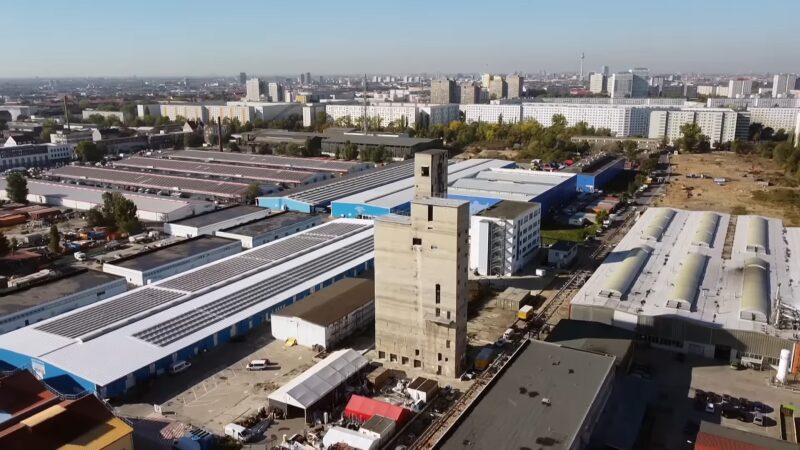
In understanding the dynamic relationship between urban form and energy performance, we focus on how morphology affects energy use, the role of building design and occupant behavior, and strategies to optimize thermal efficiency.
Influence of Urban Morphology on Energy Use
Urban morphology significantly influences energy consumption patterns within the urban environment. Urban planning plays a pivotal role in determining the form factor, which is the ratio of the building envelope area to its total volume, influencing the heating and cooling demands.
Crucial morphological metrics such as ground floor area (GFA), treated floor area (TFA), sky view factor (SVF), and floor area ratio (FAR) directly impact microclimate conditions and thus the energy performance. For instance, a higher FAR may correlate to a denser built environment that can reduce transportation use but may increase cooling demands due to reduced airflow and increased urban heat island effect.
- Ground Floor Area (GFA): Refers to the total area covered by buildings at the ground level.
- Treated Floor Area (TFA): This signifies the area within the buildings that requires heating, cooling, or lighting.
- Sky View Factor (SVF): Indicates the proportion of the sky visible from the ground level, affecting solar access and daylighting.
- Floor Area Ratio (FAR): The ratio of a building’s total floor area to the size of the piece of land upon which it is built.
Adapting urban form to support transition through higher SVFs can enable more effective use of renewable energy sources, reducing fossil fuel dependency and greenhouse gas emissions.
Building Physics and Occupant Behavior
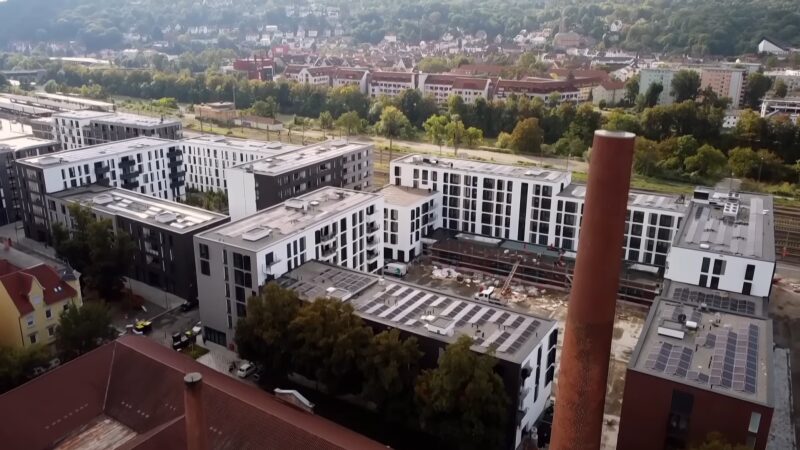
Our approach to sustainable urban planning must integrate building physics and occupant behavior, two critical drivers of energy efficiency. The thermal properties of building materials, combined with how buildings are designed—orientation, window-to-wall ratios, and insulation levels—determine the performance of the urban form.
Occupant conduct, which includes consumption patterns and alternatives for thermal comfort, immediately impacts the performance of electricity use. By designing intuitive buildings that inspire power-saving conduct, we can substantially reduce the overall footprint.
- Orientation: A building’s orientation can maximize natural light and reduce artificial lighting needs.
- Window-to-wall ratios: This determines the amount of heat gain and loss through the envelope.
- Insulation levels: Proper insulation reduces the energy needed for heating and cooling.
Maximizing Thermal Performance
To maximize the thermal performance of the urban form, our urban design strategies must focus on optimizing the interplay between site coverage and built density to enhance passive solar heating, natural ventilation, and daylighting while minimizing heat gains.
A calculation of shape issue can help lessen the power demands of buildings by diminishing the warmth transmission via the building envelope. Incorporating inexperienced infrastructure within our designs can further mitigate the city warmth island impact, as a result enhancing both indoor and outside thermal comfort levels and the overall electricity efficiency of the urban region.
- Site coverage: Refers to the proportion of land area covered by buildings.
- Green infrastructure: Includes elements such as green roofs, walls, and urban green spaces that aid in cooling the urban environment.
FAQs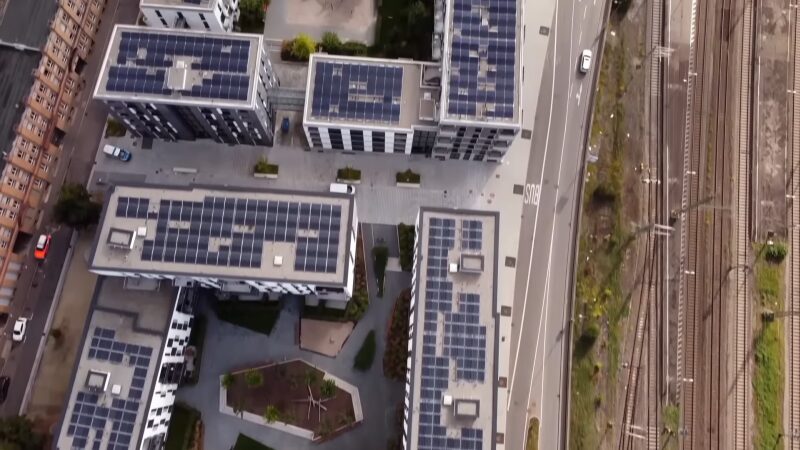
What Is the Greenest Form of Energy?
Renewable energy sources are considered ‘green’ because they generate electricity without emitting greenhouse gases. Among these, solar power is often recognized for its minimal environmental impact when operational, although wind and hydroelectric power also have very low emissions.
Is 100% Renewable Energy Realistic?
Attaining 100% renewable energy for an urban area is ambitious and requires significant infrastructure changes, investment, and storage solutions. However, we’ve seen pilot cities and regions striving towards this goal. It’s a challenging endeavor, but advancements in technology are consistently making it more achievable.
Which SDG Is Related to Energy Efficiency?
The United Nations’ Sustainable Development Goal (SDG) 7 makes a specialty of ensuring access to affordable, dependable, sustainable, and present-day energy for all. Efficiency is a key aspect of this aim, as it aims to improve the general performance of city structures and reduce environmental effects.
Is Energy Efficiency Key to Sustainable Development?
Absolutely. We consider efficiency as a cornerstone of sustainable development. It reduces the amount required to deliver services, thus conserving resources, lowering costs, and minimizing environmental impacts.
The Bottom Line
We recognize the critical role that integrating energy efficiency and renewable sources plays in urban planning. The methodologies that streamline this integration, fostering low-energy cities enriched with high-quality life, are something that is being worked on currently.
We must forge pathways for climate-resilient urban environments that not only leverage statistical evaluations for future-proofing our cities but also prioritize the well-being of their inhabitants.
Related Posts:
- Buildings of The Future Energy Efficiency - Path to…
- What Do Foxes Eat? Wild & Urban Fox Diet Info & Habits
- How Do Animals Get Energy? Nature's Powerhouses
- How Energy-Efficient Are LED Grow Lights? The…
- Taiga Food Web: Interconnected Relationships between…
- What Are the Differences Between Mammals and Birds?…


